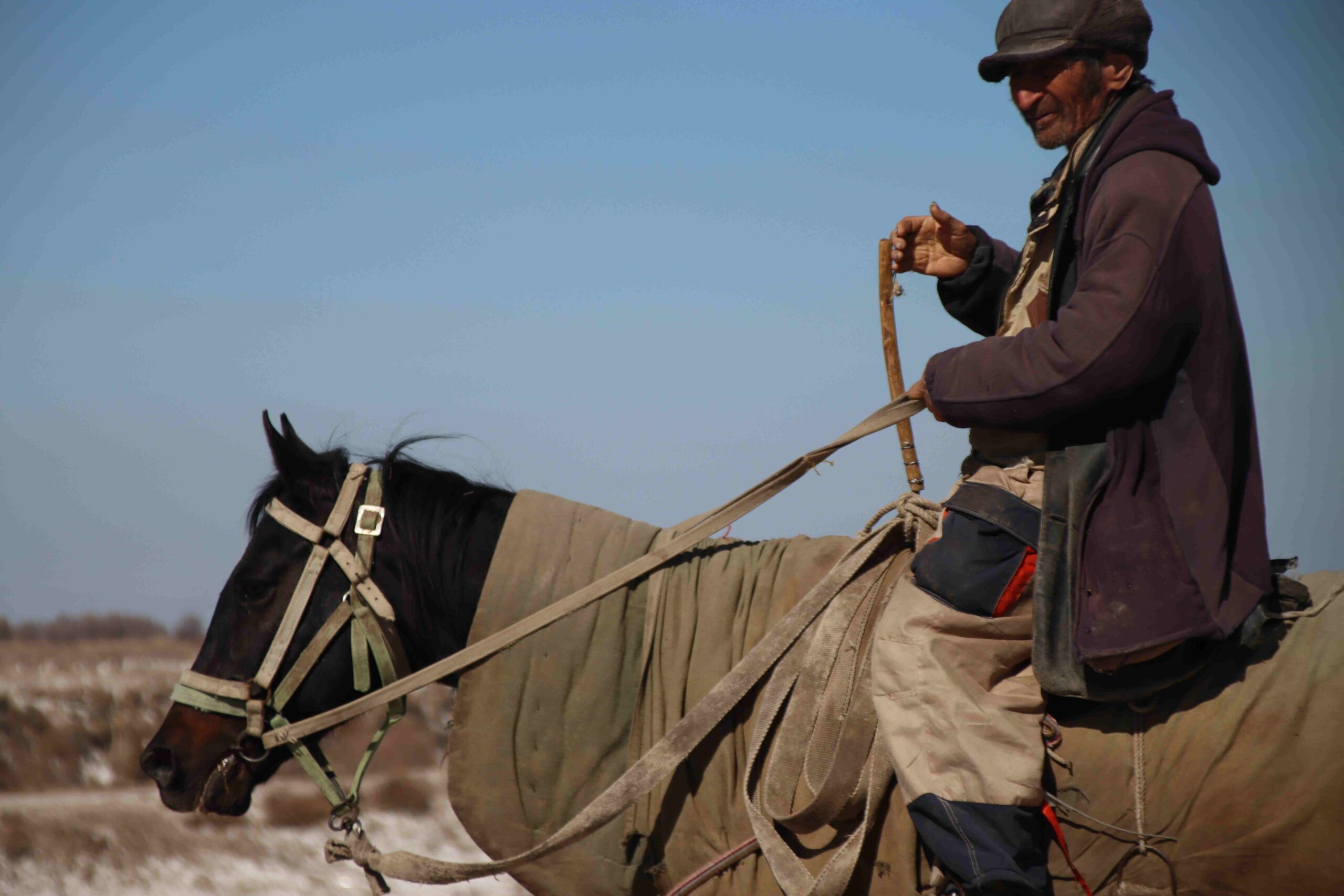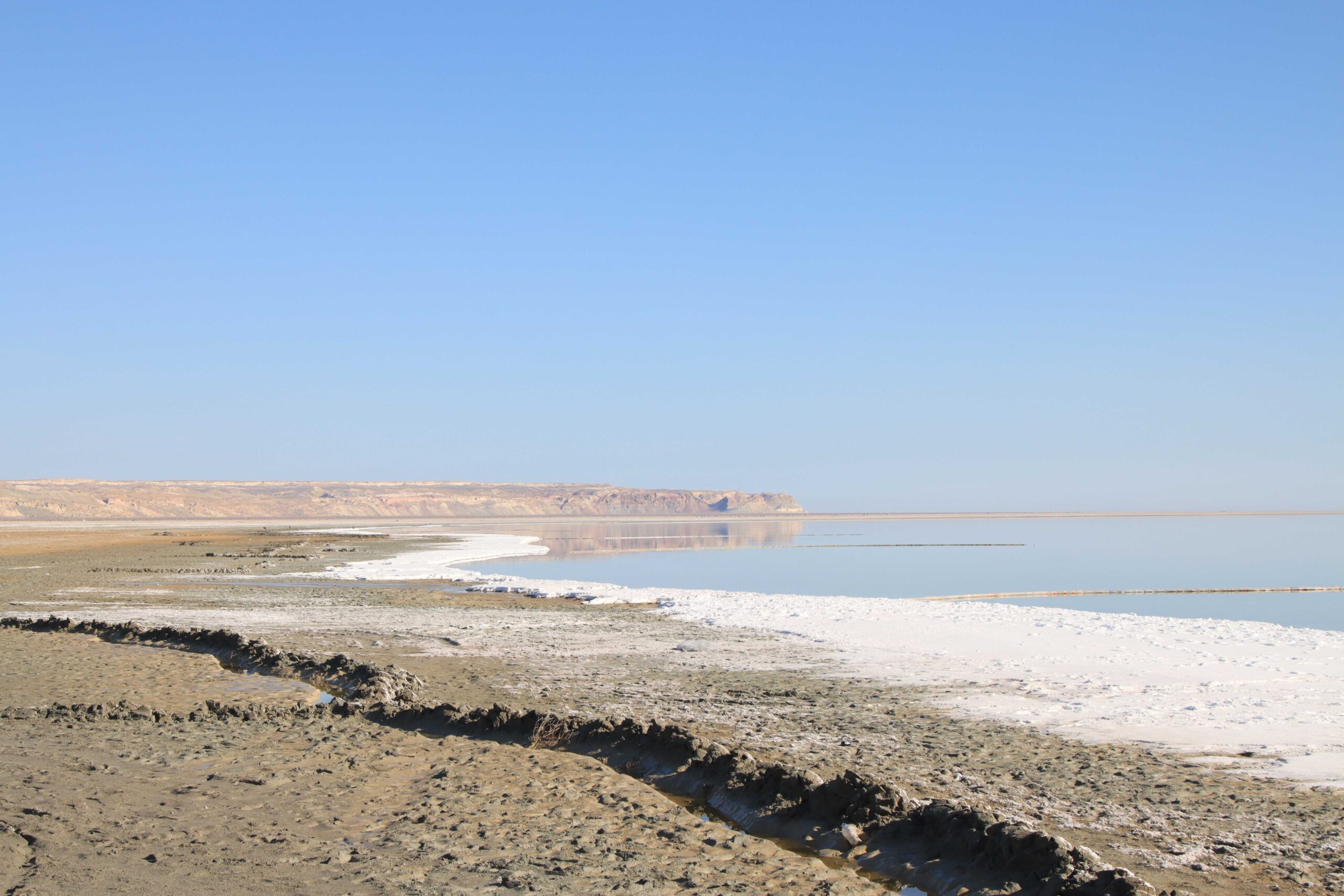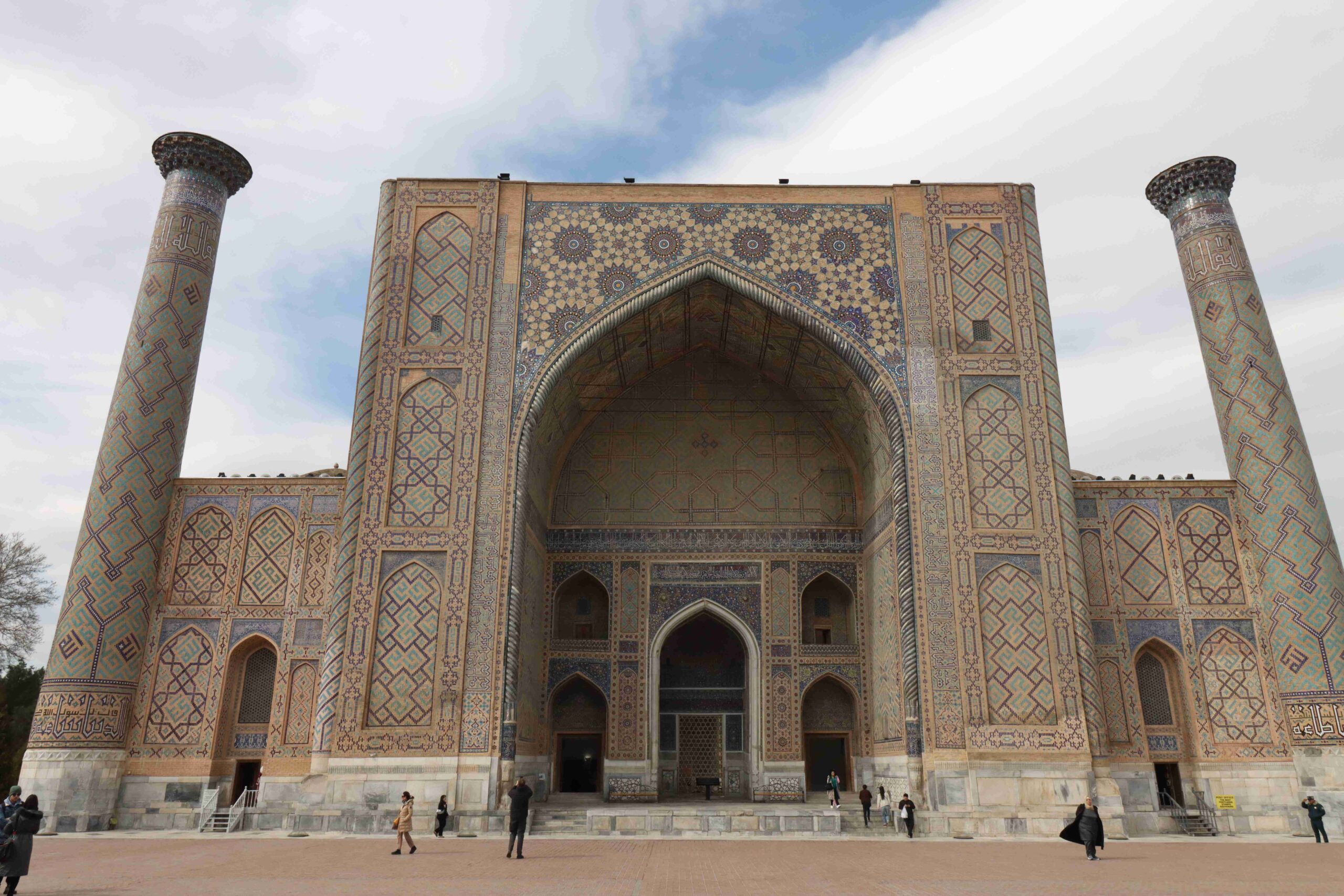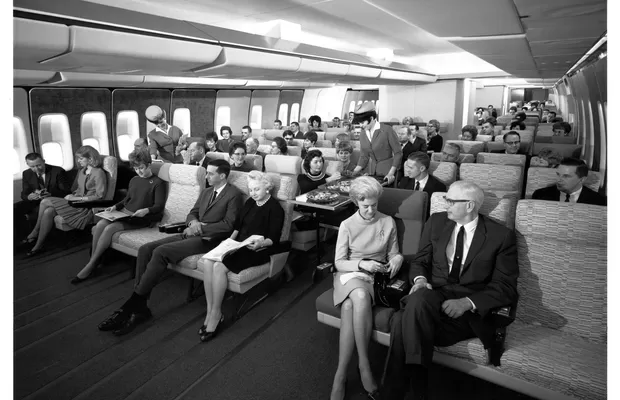The men who built the pyramids: a culture that had survived for 3,000 years—they’re all gone. ‘Egyptians’ today are mostly just Arabs. Sometimes, it doesn’t matter if you’re the biggest, baddest, smartest, or longest-lived society on Earth. Today’s borders are more than rarely defined by, at the moment the music stopped, who was sitting in the chair, and who else was left standing.
Such is perhaps the most characteristic modern history of the two halves of the nation of Uzbekistan where these dispatches are coming from. Uzbekistan is largely made up of three regions: the Aral Sea and Kyzylkum Desert (known as Khwarezm) in the west, Transoxiania, and the Fergana Valley.
Transoxiana, defined as the lands between the Syr Darya river in the north and the Amu Darya in the south, was ruled for centuries by Sogdians, before and for many years after Alexander of Macedon passed through with his army and captured ancient Samarkand. The Sogdians were a cosmopolitan, Indo-Iranian race of non-warmongering nomads, and they proved great allies for their ability to facilitate trade under the Macedonians, the Han Chinese, the Persians, and the Khwarezm dynasty of Arabs. This was a giant, millennia-long game of musical chairs, and the Sogdians kept making it to the next round.
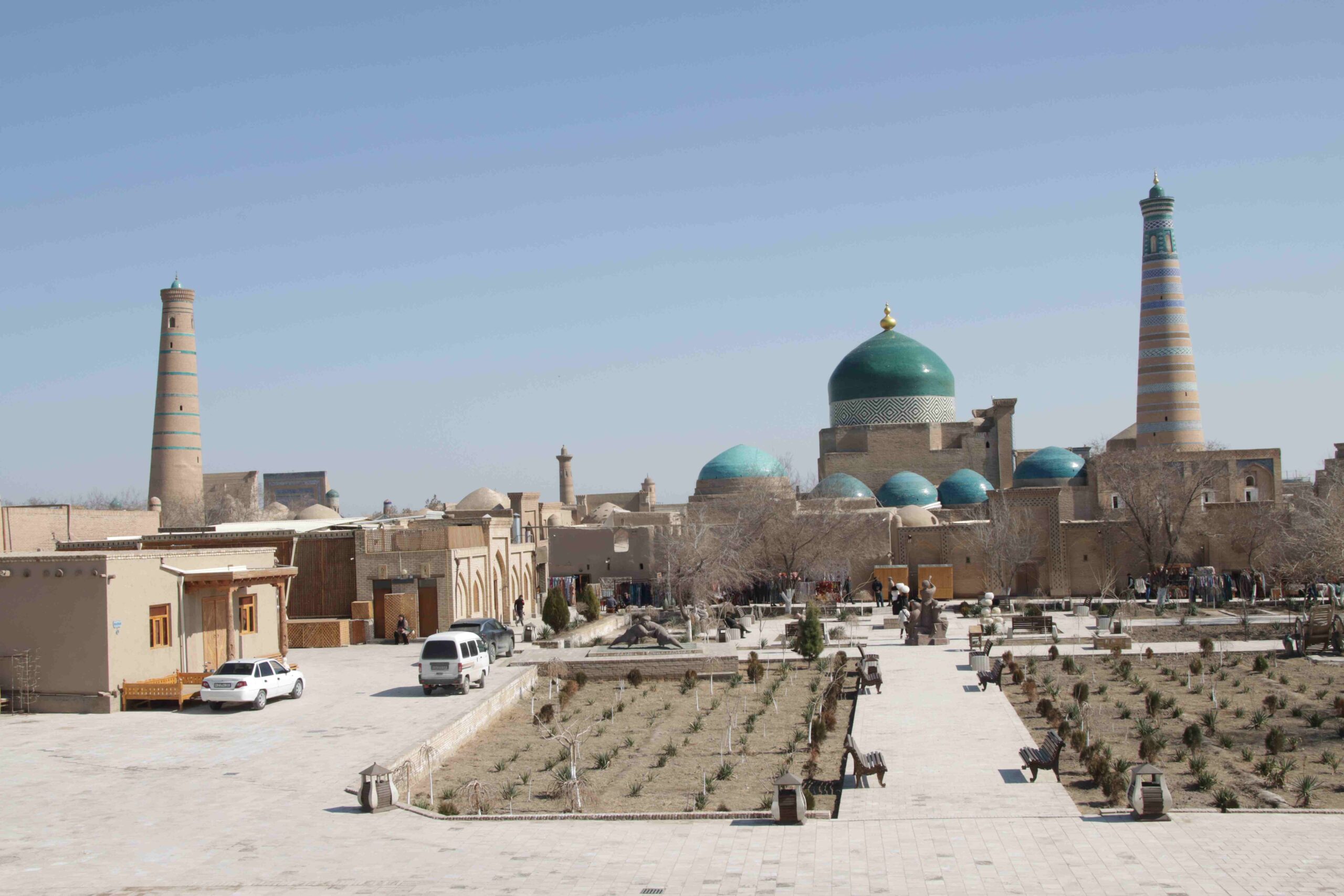
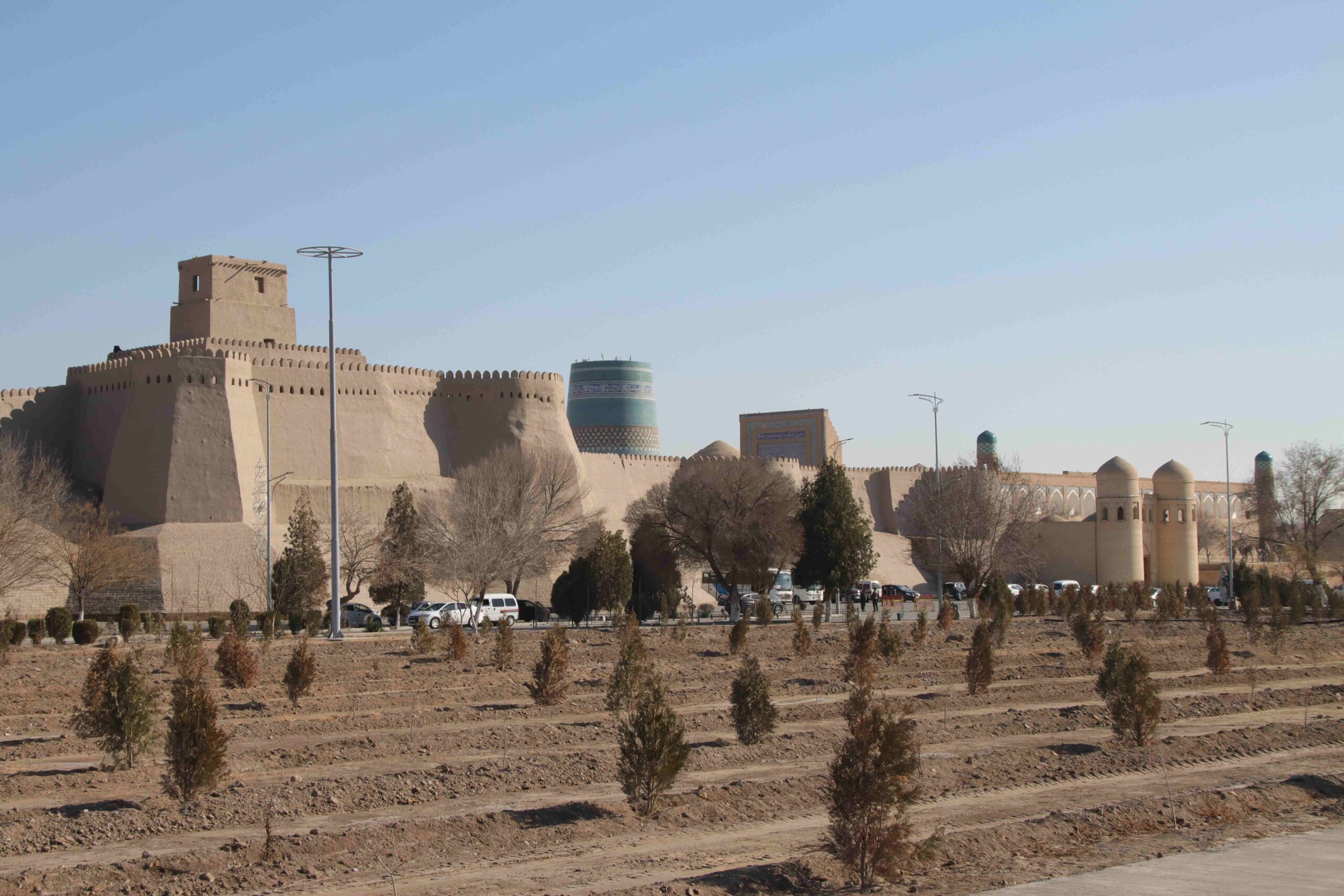
But with chair after chair being taken away, the Mongol conquests were followed by a murderous band of Turks, probably originating from the Tarim Basin in Western China, who took control of Transoxiana and created the society that Amir Temur, the west’s Tamerlane, was born into. Centering his genocidal rule on Samarkand and Bukhara, the Sogdians vanished from history, replaced by an eventual small group of these Turks that earned a fearsome reputation for slave-trading across Central Asia, called Uzbeks. The Uzbeks spoke a language similar to Uyghur, and the famous Turkic literary figure Alisher Navoy, declared a national hero of Uzbekistan today, mentioned them only once in a mocking passage.
Today, these cosmopolitan traders are survived by a remnant language which I have not heard yet called Yaghnobi, spoken by a race of the same name that inhabits Western Tajikistan—a nation which probably much more resembles in language and custom the Sogdians because of the mass migration of ethnic Tajiks into the modern nation-state of Tajikistan after it was created. They emigrated from Transoxiana—from Uzbekistan, proving that some nations are made up of the people who just happened to be the ones sitting, in this case the slaving Uzbeks—relative newcomers to the ancient region—when the music stops.
Consequently, the dominant dialect in Tajikistan is not from the central regions of that country, but the dialect used by ethnic Tajiks living in Soviet and Russian Uzbekistan.
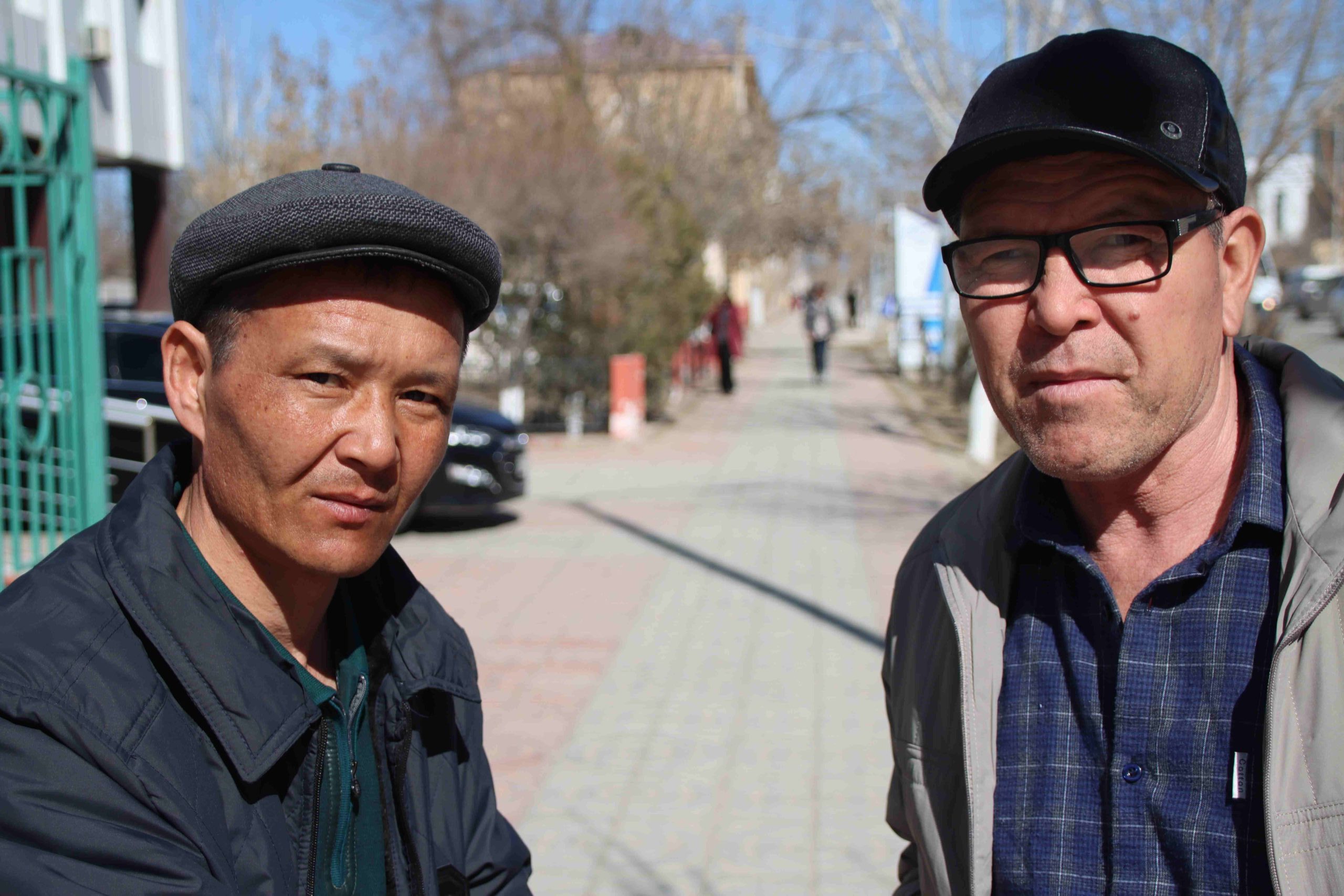
Another case of this musical-chair geopolitics can be found in Karakalpakstan. Arising out of the vast territorial separation between Baghdad and Uzbekistan, the Khwarezm dynasties of eastern Islam ruled the region around the Aral Sea for over three hundred years before being destroyed utterly by the Mongols. Just as in Transoxiana, this region was conquered by Tamerlane, before passing to the control of Uzbeks called the Arabshahids.
While this was going on, farther north on the plains of Kazakhstan, a group of Kipchaq-Turkic horse nomads began moving down the western shore of the Aral Sea and settling on the delta of the mighty Amu Darya river during the rule of the Khanate of Khiva—a political entity which would survive 400 years, more than the entire history of the Karakalpakstan folklore canon. Yet being the center of power attracted the Russian military, which conquered it and allowed it to survive as a vassal until the Soviet times.
Yet the Karakalpaks kept their traditions alive, despite developing a pidgin language with their Uzbek overlords, such that the Soviets subdivided the two, but recombined them after Perestroika, thus giving a large mass of land to a small, meek, tribe of non-conquering Turks rather than any of the region’s historical empires.
The Karakalpaks today maintain much of this independence in their manner and governance: developing into a little arid cosmopolis of Russians, Koreans, Uzbeks, and Kazakhs, with the Karakalpaks making up the largest ethnicity. Their capital, Nukus, appears much the same on the surface as East Asia’s large cities given the Karakalpaks’ fairer skin, dark hair, and “squintier eyes” as one young woman told me. I shall write more about it next week. WaL
We Humbly Ask For Your Support—Follow the link here to see all the ways, monetary and non-monetary.
PICTURED ABOVE: A Karakalpak man. © Andrew Corbley
